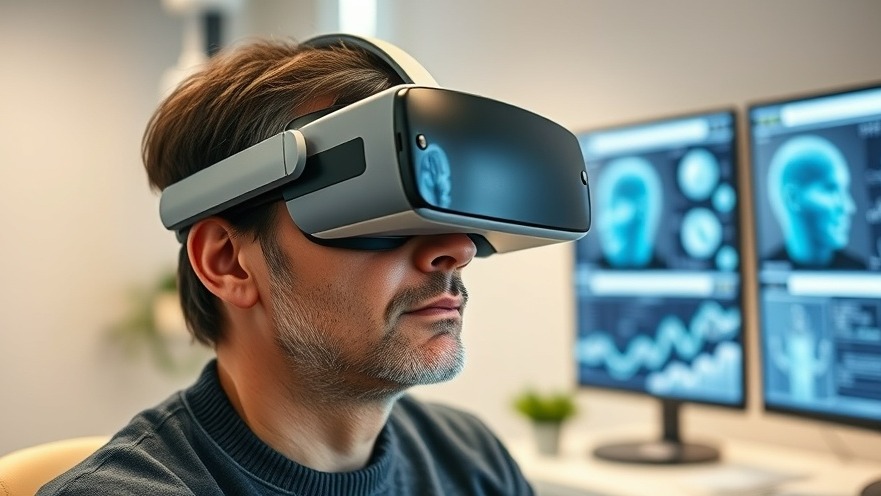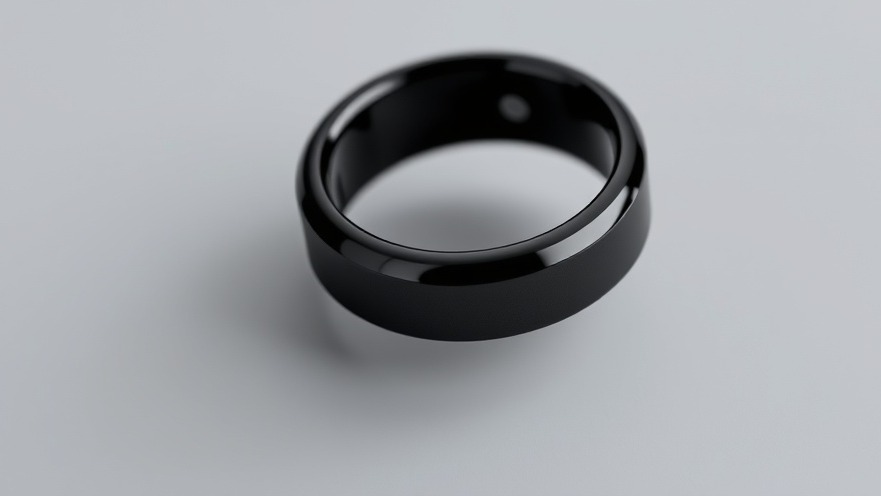
Understanding Amblyopia and Its Treatment Challenges
Amblyopia, commonly referred to as lazy eye, is a condition that arises during early visual development and is characterized by poor or blurry vision in one eye that cannot be fully corrected with glasses or contact lenses. Conventional treatments, including eye patching and vision therapy, have been largely ineffective in adults due to the nature of visual pathway development. Understanding the complexities of this condition helps us appreciate the groundbreaking advancements in treatment options, especially with the introduction of augmented reality (AR) technology.
Revolutionizing Visual Rehabilitation with Augmented Reality
The recent study published in Advanced Science highlights a significant leap in the application of augmented reality to treat amblyopia in adults. Researchers from the Chinese Academy of Sciences have developed a sophisticated AR training method that holds the potential to fundamentally change how we approach visual rehabilitation. By utilizing real-time adjustments and modifying visual stimuli, this innovative system addresses one of the core challenges of traditional treatment methods – patient compliance.
How Augmented Reality Works for Amblyopia
The AR system designed by the research team captures natural environments using high-definition cameras and processes this visual input with powerful GPU computing capabilities. Displaying this modified imagery through OLED head-mounted displays allows therapists to tailor the visual stimulus to the patient's needs precisely. By disrupting the visual pathways’ low spatial frequency information, AR essentially forces the non-dominant eye to engage more actively, which is vital for restoring binocular balance.
The Impact of AR Technology on Visual Acuity
In this pioneering study, short-term AR training was shown to yield considerable improvements in visual acuity and stereoscopic vision among participants with amblyopia. Patients engaged in home-based training using lightweight AR glasses experienced significant enhancements in their vision after just a week. Such findings are crucial as they validate the efficacy of AR not only in providing an enjoyable experience for users but also in achieving measurable clinical outcomes.
Addressing Patient Compliance and Treatment Efficacy
One of the consistent barriers in visual treatment strategies has been patient compliance. Traditional methods often struggle to engage patients, particularly adults, who may view treatment as cumbersome or ineffective. The incorporation of AR into therapy not only makes the experience more interactive and immersive but significantly improves compliance rates. This is pivotal as the sustained engagement can lead to long-term benefits in visual function.
Future Implications of AR in Eye Care Practices
As we look to the future of eye care, the implications of AR technology extend beyond amblyopia treatment. With its capacity to provide customized interventions in real-world settings, AR can pave the way for new treatments for various visual disorders such as glaucoma and strabismus. For health practitioners focused on innovation, adopting AR tools can enhance the quality of care provided and open new avenues for patient engagement.
Conclusion: Embracing New Technologies for Better Patient Outcomes
As concierge health practitioners, staying proactive about emerging technologies like augmented reality is essential for delivering exceptional patient care. Innovations such as the AR system discussed not only enhance visual rehabilitation for those with amblyopia but also set the stage for broader applications in eye health. Engaging with these advancements can transform practices, providing enhanced treatment methodologies that resonate well with today’s tech-savvy patients.
To stay ahead of the curve, it is crucial for practitioners to explore and implement these technologies within their practices. Educating patients about the benefits and possibilities of AR in vision therapy can foster better communication and motivate them toward proactive management of their visual health strategies.
 Add Row
Add Row  Add
Add 






Write A Comment